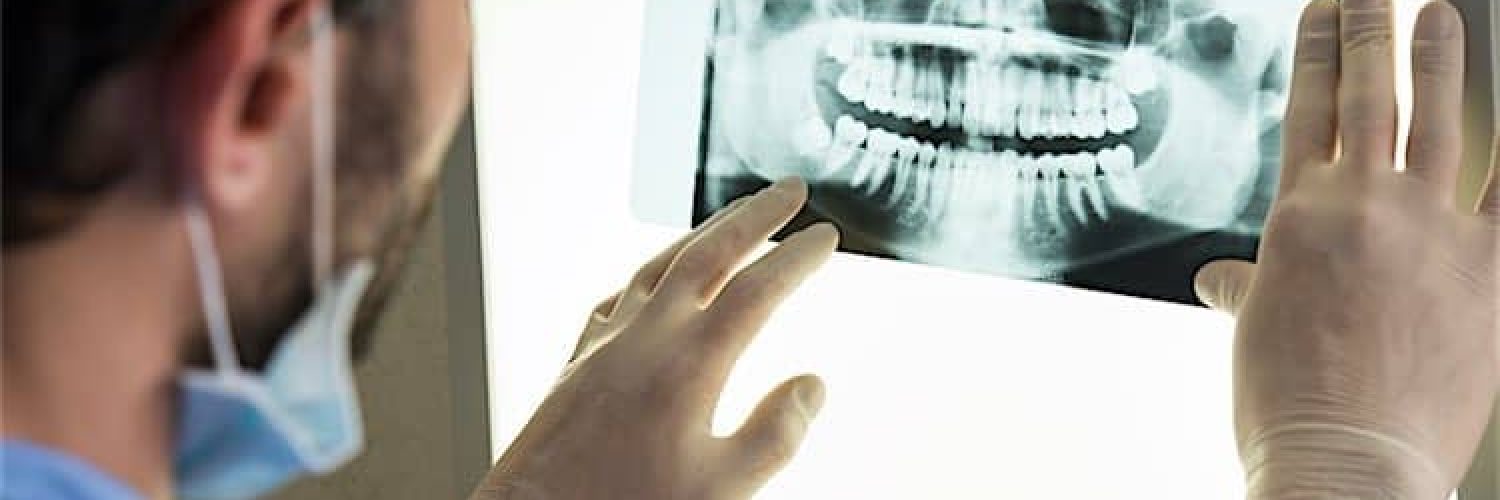Dental X-rays are an important part of dental care. They are images of the teeth, soft tissue and bones of the mouth. Dental X-rays are an important tool in healthy oral care and can show any cavities, bone loss, infections and dental structures, such as wisdom teeth, that are not visible during a visual examination. There are two different types of dental X-rays that have different purposes for essential dental care.
Intraoral X-rays are the most common type. They can help the dentist find cavities in the teeth, determine the health of each root, view teeth that have yet to grow in and monitor the health of the bone and jaw. Intraoral x-rays are further broken into three sub-types that help the dentist to see different parts of the mouth: bite-wing, periapical and occlusal X-rays.
Bite-wing x-rays show the details of both the upper and lower teeth in one part of the mouth. They show the area from the crown of the tooth to the bone that supports each tooth. They are best for finding bacteria that is growing in-between teeth and checking the fit of crowns. Periapical X-rays show the entire tooth, from the crown to the bone where the root is planted. Each X-ray shows both the upper and lower teeth in the section where the X-ray was used. Periapical X-rays are helpful in dental care because they allow the dentist to see abnormalities in the structures of the bone or root. Occlusal X-rays are the largest type and show the entire development of the teeth in the whole arch of the upper or lower mouth.
Extraoral X-rays are used by the dentist to find problems in the jaw or skull. This type of X-ray does not show the small details that an intraoral X-ray does, so they are not helpful in finding cavities or bacteria between the teeth. They are very useful in finding tumors of the mouth, problems with salivary glands, viewing structures that are difficult to see in other X-rays due to placement, viewing fractures or as part of a treatment plan for the placement of braces by an orthodontist.
When visiting the dentist, such as those at Eagle Rock Dental Care in Idaho Falls, he or she will listen to the patient and determine which type of X-ray is best for the care that is needed. Often, a combination of X-rays are taken during the same appointment to give the dentist the best view of any problems that are occurring in the mouth and the best way to care for them.
If you have questions about dental x-rays, or are ready for a checkup, be sure to call Eagle Rock Dental Care today!

